Do It Yourself
Winter Car Maintenance Tips
Commentary: I was checking Yahoo News this morning, and among the usual nonsense and celebrity gossip, I found this. The below article is a pretty decent rundown of winter maintenance tips for your car that you might not have thought of.
Perhaps the first frosts have already coated your windshield, forcing you to dig out the scraper. As you adjust to the coming chill, give a thought to your ride, and check out these nine tips that will keep your car rolling smoothly through winter’s challenges.
We’re assuming you’ve covered the basics (such as the scraper!) and are up-to-date on your car’s regular scheduled service. Don’t postpone that — an annoyance in summer can be a hazard that strands you in the winter.
Don’t Make Compost in Your Car
As you tackle fall’s bounty on your lawn, leave some energy for removing the leaves that find their way into your vehicle.
Leaves, twigs and other organic matter can cause havoc with gutters on your house — and the equivalent on your car. When debris builds up in areas of your car where water is supposed to flow out, you can get leaks or corrosion.
The air plenum near the windshield is a classic spot where this can happen.
If you have a sunroof, open it up and poke around in there, too. Sunroofs have drains that flow water that sneaks past the seals down to the ground. Leaf gunk in there can make for wet headliners or worse.
Less common, but more problematic: Animals may make nests under the hood. You may need a mechanic and an animal trapper to fully solve this problem.
Winter Tires
So-called “all-season” tires have been on the market for decades. Coupled with front-wheel-drive and anti-skid systems, they have allowed many folks to avoid mounting a true snow tire for the winter months. But there are two trends in tires you should be aware of:
1) Styling priorities have led to manufacturers fitting wider, low-profile tires on a variety of cars. Wide and low profile, on balance, makes a tire worse in the snow. Pressures to improve tire fuel economy have also worked against the snow utility of all-seasons.
2) Winter tires have improved their behavior from the era of knobby, loud “snows” that looked like they belonged on an army truck. New tread patterns and rubber compounds make them quieter on dry roads, yet even more effective on frozen stuff.
If you choose to go with winter tires, note that vendors such as The Tire Rack and Discount Tire Direct offer packages with the tires already mounted on a new set of wheels. Switching the entire wheel/tire combo for the winter is more cost-effective than having two sets of tires mounted on your existing wheels twice a year.
Whatever you choose for tires, make sure there’s enough tread on them as you head into winter. Getting through snow requires the deepest grooves possible, and worn tires on which you might have skated by in summer will put you into the ditch in the white stuff. See if you have enough with this coin-based test from The Tire Rack.
Wipers for Snow, Too
Fog, snow and rain will cut down your visibility in winter.
Check your wiper blades, which have a lifespan of about a year. If your car doesn’t have the newer “beam blade” style wipers, consider a pair, especially for the winter months. The beam style blades don’t have an external spring to freeze up.
When snow or other freezing precipitation threaten, make sure you turn off the wipers when you park so that the next time you turn on your car, the wiper motor’s not fighting to get frozen wipers moving. This can burn out the motor.
Some folks pop their wipers up so they’re not touching the windshield. This little trick will make it easier to scrape your windshield. Some folks believe this wears out the spring that keeps the blade on the glass. And some folks think it’s an affectation. We’ll leave it to you.
Is Your Battery Fully Juiced?
Winter puts more stress on your battery, particularly if you park your car outdoors.
Avoid the sinking feeling of hearing nothing when you hit the ignition with a proactive check of your battery and charging system now. Repair shops don’t usually charge very much to load-test your battery, and some car-parts stores will do it for free.
If you find out that your battery is going south, you can replace it at your convenience, instead of being at the mercy of whomever your dead car’s been towed to. Note that some big-box stores such as Costco offer a good price on batteries for those of you willing to change one yourself (not usually all that hard, though batteries are heavy.)
To improve aerodynamics and save fuel, today’s cars are equipped with increasingly elaborate underbody panels and low-hanging air dams.
These can be vulnerable to damage, and driving over a snowdrift in the winter could turn a small problem into a more expensive one.
So before the ground’s too chilly to lie on, take a look under the car, starting from the front, to see if there’s anything loose flapping about. Maybe you can just pop it back into place. Maybe a zip tie will take care of it.
Check Your Nethers
To improve aerodynamics and save fuel, today’s cars are equipped with increasingly elaborate underbody panels and low-hanging air dams.
These can be vulnerable to damage, and driving over a snowdrift in the winter could turn a small problem into a more expensive one.
So before the ground’s too chilly to lie on, take a look under the car, starting from the front, to see if there’s anything loose flapping about. Maybe you can just pop it back into place. Maybe a zip tie will take care of it.
The Antifreeze
This is many people’s first thought when it comes to winter car care. “Flush and fill” promotional signs abound at service stations as the weather cools.
But chances are good your engine coolant (a better name for it) is just fine for the winter ahead. If you’ve followed your car’s service schedule regularly, give this pitch a pass. Most newer cars have been fitted with coolants that can last as long as five years or 150,000 miles. Read your owner’s manual.
If you’ve missed a service interval or have another reason to doubt your coolant, go ahead and have it “flushed and filled.” Just make sure your mechanic uses a compatible coolant to refill your car. Some coolants, such as Prestone’s Extended Life, work for any car.
If your car has moved to a much colder climate and you’re concerned that your coolant might not be up to the deep freeze, you can check its effectiveness with a simple, under-$10 tester from the car-parts store.
Check Your Tire Pressure
Here are two good reasons to get down there with the gauge and make sure your tires are inflated to the car-maker’s pressures.
1) Tires lose a pound of pressure for every drop of 10 degrees Fahrenheit.
2) An under inflated tire won’t “bite” through snow down to the pavement as well as one at pressure. It’s similar to hydroplaning on water — and just as dangerous. You may have heard the guidance to let air out of your tires for sand or snow to get more surface area. That only applies only if the surface is bottomlessly soft, like a beach or foot-deep, unplowed snow — not the mix of cleared road, ice and packed snow most of us encounter in daily driving.
Don’t forget to put the valve caps back on (or, buy new ones) when you’re done. Letting in moisture, which then freezes, could let the valve core leak out air.
Survival Kit (of Some Sort)
Everyone should have a space blanket in the car, tucked in the glove compartment or some other storage space in reach of the driver.
The most complete survival kit in the world won’t do a bit of good if you’re upside down in a car you can’t get out of and the kit’s in the trunk.
The shiny space blanket’s ability to keep you warm could be a lifesaver — and it takes up virtually no space and costs less than $10.
Next things we’d add:
•Whistle
•Plastic bag for gathering snow for water
•Plumber’s candle & lighter
•Single-edged razor blade (cut up your upholstery for insulation)
•Empty metal soup can (for melting snow with the candle)
You can — and perhaps should — keep going (some people suggest packing a wordy novel). The more rural and remote your roads, the more you’ll want. Check out a thorough approach from the folks at the North Dakota Department of Transportation — they know snow and ditches.
Wax the Lights
Okay, we admit it’s a little detail, but in winter’s gloom and short days, every last lumen you can squeeze out of your headlamps is going to improve your safety.
Here’s an easy two-minute drill: Make sure the headlamps are clean of dirt, rub car wax (any type will do) on the lamps, let it dry and buff it off. Repeat. For bonus points, do the taillights.
The slippery surface you leave behind will be less likely to build up an “icicle” coat when road slush refreezes on your car — and will make it easier to remove it if it does.
Click here to view the original article.
Winter Survival Kit
The Ultimate Guide to Winter Storm Survival
25 Winter Bug Out Essentials | Survival Tips
-

 Do It Yourself7 months ago
Do It Yourself7 months agoParacord Projects | 36 Cool Paracord Ideas For Your Paracord Survival Projects
-

 Do It Yourself9 months ago
Do It Yourself9 months agoHow To Make Paracord Survival Bracelets | DIY Survival Prepping
-

 Do It Yourself9 months ago
Do It Yourself9 months ago21 Home Remedies For Toothache Pain Relief
-

 Do It Yourself10 months ago
Do It Yourself10 months agoSurvival DIY: How To Melt Aluminum Cans For Casting
-

 Exports8 months ago
Exports8 months agoAre Switchblades Legal? Knife Laws By State

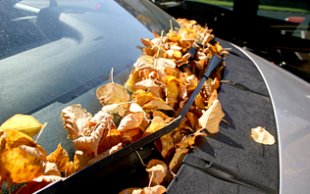
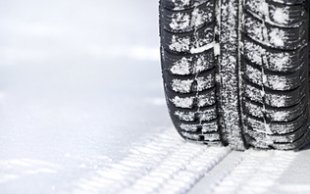
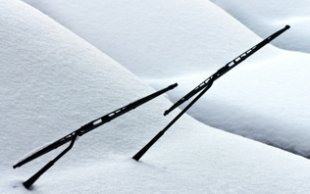
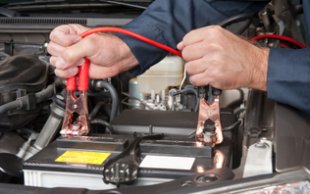
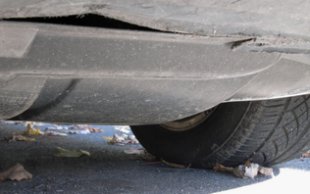
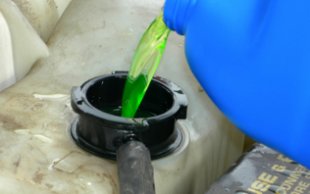
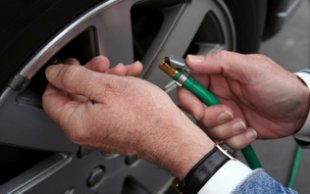

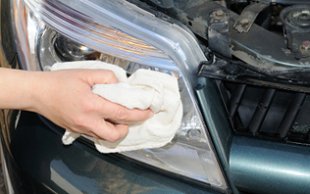
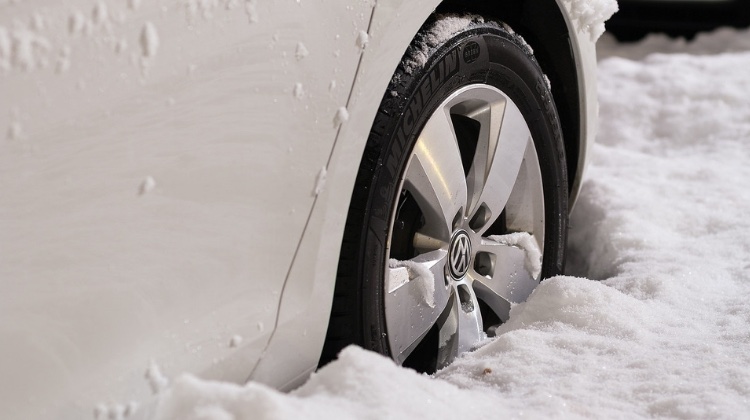
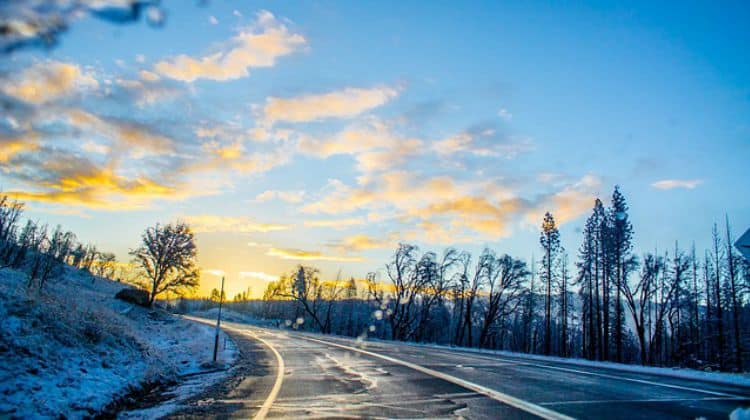
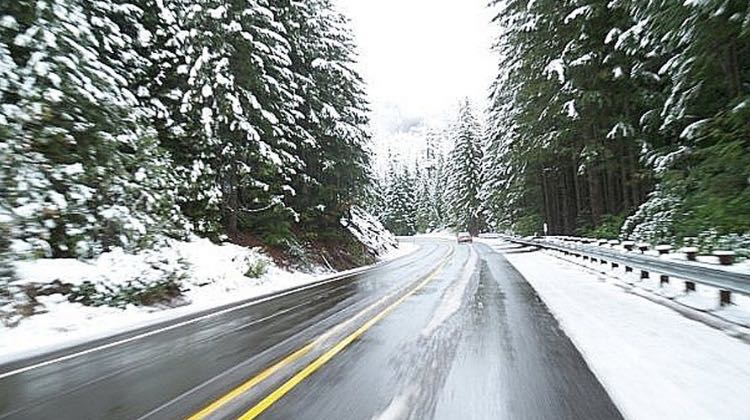

Patty Welch
February 4, 2015 at 12:24 AM
I really liked this article. I live on the edge of the snowbelt south of Buffalo, New York and appreciated the timeliness of this information. It was zero degrees the other day when my furnace took its last breath. Then we got 16 inches of snow. Thank God I have kerosene heaters for ‘just in case’. Your tips on winter car maintenance was great. I’ve never heard of waxing the lights, but that is something I most certainly will do now. I was always told to let a little air out of the tires, but after reading this, I had my tires inflated according to specs. They definitely do have more traction. I also put 2 space blankets in the glove compartment. Thank you. I look forward to more info coming my way!
Pingback: Winter Survival Tips: How to Stay Warm and Survive Winter Storms
Wheelie
November 1, 2017 at 6:06 PM
Thanks, winter is coming! This is really timely.
Pingback: Winter Storm Survival Tips | Survival Life
Pingback: Winter Storm Survival: How to Stay Warm and Survive | Survival Life
Pingback: Winter Storm Survival: How to Stay Warm and Survive the Cold | Life Off The Grid
Pingback: Winter Driving Tips to Keep You Safe | Emergency Preparedness – The Self-Sufficient Life
Pingback: Winter Driving Tips to Keep You Safe | Emergency Preparedness - Cooking in Quarantine
Pingback: Winter Driving Tips to Keep You Safe | Emergency Preparedness - Primal Survival
Pingback: Winter Driving Tips to Keep You Safe | Emergency Preparedness – surviveurself
Pingback: Winter Driving Tips to Keep You Safe | Emergency Preparedness – Sprent Brass
Pingback: Winter Driving Tips to Keep You Safe | Emergency Preparedness – Prepper Nut
Pingback: Winter Driving Tips to Keep You Safe | Emergency Preparedness – Camp2survive
Pingback: Winter Driving Tips to Keep You Safe | Emergency Preparedness - survival updates
Pingback: How to Fix a Flat Bike Tire | Bike Tire Flat - Cooking in Quarantine
Pingback: How to Fix a Flat Bike Tire – SurvivalCove.com
Pingback: How to Fix a Flat Bike Tire | Bike Tire Flat – Bulletproof Survivors